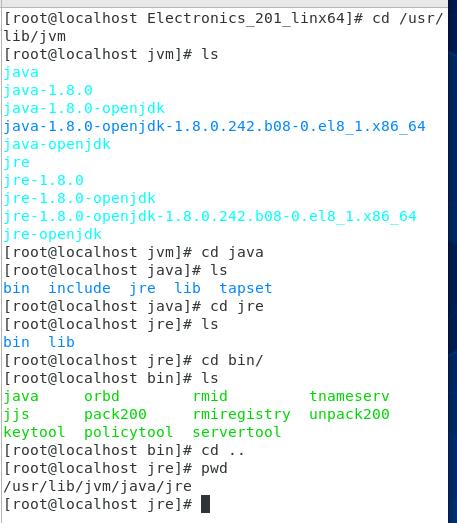
- Find imagemagic path centos how to#
- Find imagemagic path centos install#
- Find imagemagic path centos software#
- Find imagemagic path centos download#
Remove the PHP info file after verifying imagick installation. If the extension is correctly loaded, you should see a section similar to following: Open the URL (replace server_ip_address with IP address of your server) in your browser. To verify the imagick installation, create a PHP info file /usr/local/apache/htdocs/info.php with following code: Ĭhange its ownership to nobody user: chown nobody.nobody /usr/local/apache/htdocs/info.php Restart apache web server to make sure that the newly installed imagick extension is available to PHP web scripts: /scripts/restartsrv_httpd Then edit the system PHP configuration file /usr/local/lib/php.ini using your favorite text editor such as vi and and add following line to it: extension=imagick.so You should add "extension=imagick.so" to php.ini
Find imagemagic path centos install#
Install ok: channel:///imagick-3.1.2Ĭonfiguration option "php_ini" is not set to php.ini location Installing '/usr/local/include/php/ext/imagick/php_imagick_defs.h' Installing '/usr/local/include/php/ext/imagick/php_imagick.h' Installing '/usr/local/include/php/ext/imagick/php_imagick_shared.h' Installing '/usr/local/lib/php/extensions/no-debug-non-zts-20090626/imagick.so' On successful completion, you should see a message similar to following: Build process completed successfully
Find imagemagic path centos download#
Then the process will continue to download imagick extension, build and install it. You just need to press ENTER here to autodetect Imagemagick installation. Please provide the prefix of Imagemagick installation : Starting to download imagick-3.1.2.tgz (94,657 bytes) The pecl command will ask for prefix of ImageMagick installation. For this, use pecl command: pecl install imagick It can be installed from the PECL repository. Imagick is a native PHP extension to create and modify images using the ImageMagick library installed in the system. Tux.jpg: JPEG image data, JFIF standard 1.01Īs you can see convert tool created a new JPEG file tux.jpg from the PNG file tux.png. Use file command again to display file type information of tux.jpg: file tux.jpg Use convert tool: convert tux.png tux.jpg Tux.png: PNG image data, 104 x 120, 8-bit/color RGBA, non-interlacedĬreate a JPEG image tux.jpg by converting tux.png. Use file command to display file type information of tux.png. Download tux.png image from in the server using wget command: wget Let us test the convert tool by doing a simple conversion of a PNG image to JPEG image. Install ImageMagick and ImageMagick-devel packages using yum package manager: yum install ImageMagick ImageMagick-devel -yįile system path of binary tools installed by ImageMagick package can be listed using rpm command: rpm -ql ImageMagick | grep binĪs you can see, the binary tools are installed in /usr/bin system directory. The ImageMagick development package is required to build imagick PHP extension later. ImageMagick package is available from CentOS base YUM repository.


The commands shown here require root user access to the server. This installation is done on a CentOS 6 Linux server with cPanel.
Find imagemagic path centos how to#
In this tutorial, we will show you how to install ImageMagick tools and imagick extension for PHP in a cPanel server. These tools can be used from a web site script to dynamically create or edit images. It provides a set of tools such as convert, animate, display, import etc for processing images.

Find imagemagic path centos software#
ImageMagick is an open source software suite to create, edit and convert bitmap images in various format.


 0 kommentar(er)
0 kommentar(er)
